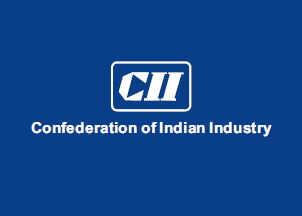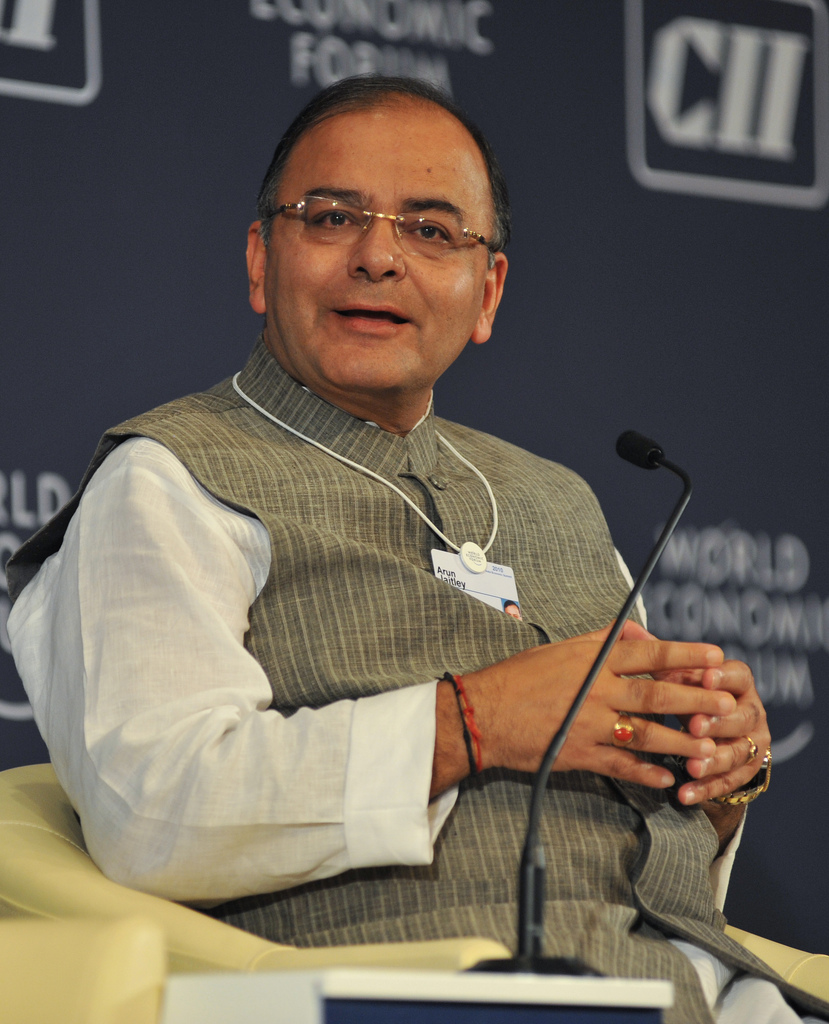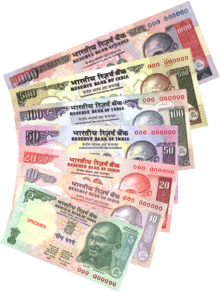
There have been a spate of media articles recently about how all is not well between the finance ministry (i.e. Arun Jaitley) and the Reserve Bank of India(i.e. Raghuram Rajan). In fact, so loud has been the noise around the “supposed differences,” that the finance minister Arun Jaitley had to recently clarify that: “There has always been and shall continue to be regular and continuous interaction between the central bank and the government. We have completely free and frank discussions and therefore there is no issue of a disconnect [the emphasis is mine]. I have routinely clarified that.”
It is important to note that Jaitley used the word disconnect. He did not say that there were no differences between the RBI and the finance ministry. Jaitley was talking in the specific context of the setting up of the monetary policy committee.
One of the things that he had announced in the budget speech was: “To ensure that our victory over inflation is institutionalized and hence continues, we have concluded a Monetary Policy Framework Agreement with the RBI…This Framework clearly states the objective of keeping inflation below 6%. We will move to amend the RBI Act this year, to provide for a Monetary Policy Committee.”
World over the monetary policy of a central bank is essentially decided by its monetary policy committee. In India setting the interest rate is the personal responsibility of the RBI governor. A report in The Hindu points out that the finance ministry wants the monetary policy committee to have eight members with a government nominee who wouldn’t have any voting rights.
The RBI on the other hand wants a five member committee where the majority would determine monetary policy decisions (for example whether or not to increase the repo rate). The governor would act only as a tiebreaker if a member is not present during the course of a meeting. The RBI also wants two outside experts in the committee which it would pick. And there is no space for a government nominee in RBI plans.
Jaitley was essentially referring to this issue when he said: “there is no disconnect”. Interestingly, Rajan clarified that: “overtime, as the Finance Minister said, we will figure out the details of the committee.”
Nevertheless, there is a much larger point that comes out of this. As I said earlier Jaitley (who is a lawyer and chooses his words very carefully) used the word “disconnect” and not “differences”. If he had said that there are no differences between the finance ministry and the RBI, that would have had me worried.
There has to be some friction in the relationship between a regulator and the government for the regulator to be effective. Alan Greenspan, the former chairman of the Federal Reserve of the United States, recounts in his book The Map and the Territory that in his more than 18 years as the Chairman of the Federal Reserve of the United States, he did not receive a single request from the US Congress urging the Fed to tighten money supply, increase interest rates and thus not run an easy money policy.
In simple English, what Greenspan means is that the American politicians always wanted low interest rates. India is no different on that front. Arun Jaitley has made enough noises since taking over as the finance minister asking the RBI to cut the repo rate. Repo rate is the interest at which RBI lends to banks and acts as a benchmark to the loans that banks make.
If there would have been no differences between the RBI and the finance ministry, the central bank would have cut interest rates every time Jaitley asked it to. And given the number of times Jaitley has asked for lower interest rates, the repo rate would have been close to 0% by now. But would that have led to lower interest rates in general? And would that have been the best for the Indian economy? The obvious answer to both the questions is no.
At times when politicians ask for low interest rates they are essentially batting for industrialists. As Rajan had said in a speech in February 2014: “what about industrialists who tell us to cut rates? I have yet to meet an industrialist who does not want lower rates, whatever the level of rates.”
He further went on to elaborate that: “Will a lower policy interest rate today give him more incentive to invest? We at the RBI think not. First, we don’t believe the primary factor holding back investment today is high interest rates. Second, even if we cut rates, we don’t believe banks, which are paying higher deposit rates, will cut their lending rates.”
Rajan was making a very important point here. The politicians and the industrialists just think about one side of the interest rate i.e. the borrowing side. At lower interest rates, borrowers are likely to borrow and spend more (at least theoretically, though I don’t buy this theory in totality). This would mean better prospects for business and faster economic growth.
At lower interest rates businesses also will end up paying lower interest on the debt that they have managed to accumulate, leading to higher profits, if everything else stays the same.
But what about the people who invest their hard earned money in fixed deposits? The politicians and the industrialists are not bothered about them. These people also need to be paid a certain rate of interest on their bank fixed deposits. Between 2008 and 2013, the fixed deposit interest rate was lower than the prevailing rate of inflation.
This led to a lot of money going into gold and land, where people thought the returns would be better. Many of them were also lured into investing into Ponzi schemes.
Long story short—the RBI has to look at all sides of the equation while making a decision to change the interest rates. That is not the case with politicians and industrialists. Given this, it is vital that there are some differences between the RBI governor and the finance minister. Hence, it is important that the RBI governor should not jump into bed with the finance minister.
The column originally appeared on The Daily Reckoning on Mar 26, 2015



